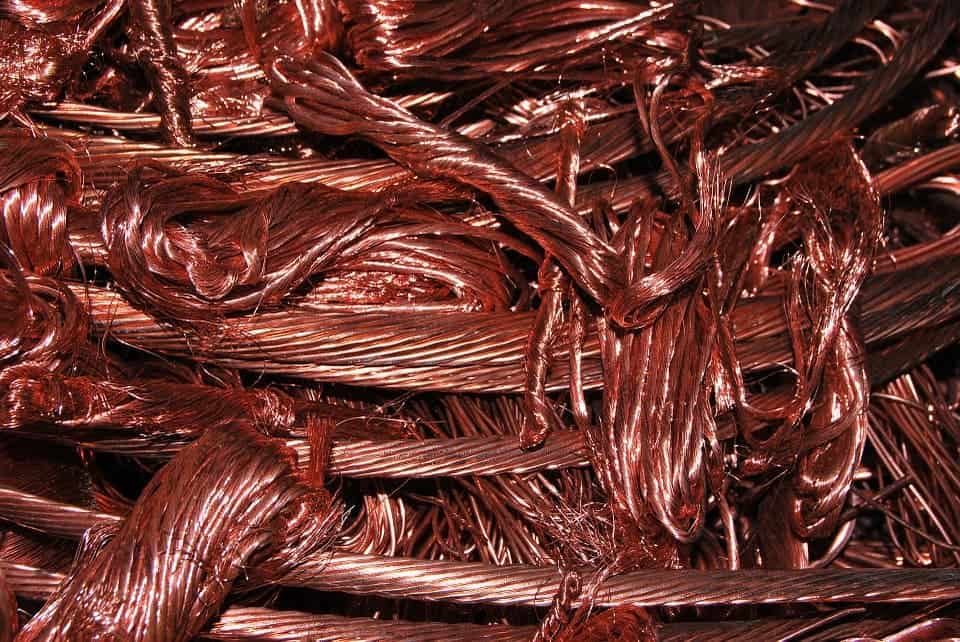Lining hospital beds with copper could be a cheap and easy way to reduce healthcare-associated infections (HAIs), especially among the most vulnerable patients.

A new study led by Michael G. Schmidt, PhD, Professor of Microbiology and Immunology at the Medical University of South Carolina, Charleston, reports that copper hospital beds in the Intensive Care Unit (ICU) carry an average of 95% fewer bacteria than conventional beds. Better yet, this reduced bacterial population remained constant throughout the patients’ stay in hospital.
Copper solutions
“Hospital-acquired infections sicken approximately 2 million Americans annually, and kill nearly 100,000, numbers roughly equivalent to the number of deaths if a wide-bodied jet crashed every day,” said coauthor Michael G. Schmidt, PhD, Professor of Microbiology and Immunology, Medical University of South Carolina, Charleston. They are the eighth leading cause of death in the US.
Hospital beds are among the most contaminated surfaces in medical settings, the team explains. Although healthcare workers do clean and sanitize them, these efforts fall short — the beds are cleaned either not often enough, or not well enough to remove all pathogens, the team explains. And, while the antimicrobial properties of copper have been known for a long time now, patient beds that incorporate copper-lined surfaces aren’t commercially available.
In an effort to quantify the effectiveness of such beds — and potentially bring them to hospital settings around the world — the team performed an on-site experiment using five ICU beds, which see some of the heaviest patient use. The team compared the relative contamination levels of beds lined with copper rails, footboards, and bed controls to traditional hospital beds (which have plastic surfaces). All in all, they report that 90% of bacterial samples taken from plastic surfaces had bacteria concentrations that exceeded safe levels. Meanwhile, copper-lined surfaces “harbored significantly fewer bacteria throughout the patient stay than control beds,” they explain, “at levels below those considered to increase the likelihood of HAIs”. Furthermore, if daily and terminal cleaning regimes are respected, these beds don’t tarnish and don’t require additional cleaning or maintenance.
Copper-lined surfaces for hospital beds can help keep them hygienic for longer (provided they are cleaned regularly) and reduce the risk of HAIs spreading between patients. The use of copper-lined equipment can help improve patient outcomes, save lives, and reduce healthcare expenditures, the team concludes.
“Based on the positive results of previous trials, we worked to get a fully encapsulated copper bed produced,” said Dr. Schmidt. “We needed to convince manufacturers that the risk to undertake this effort was worthwhile.”
The paper “Self-Disinfecting Copper Beds Sustain Terminal Cleaning and Disinfection (TC&D) Effects Throughout Patient Care” has been published in the journal Applied and Environmental Microbiology.



